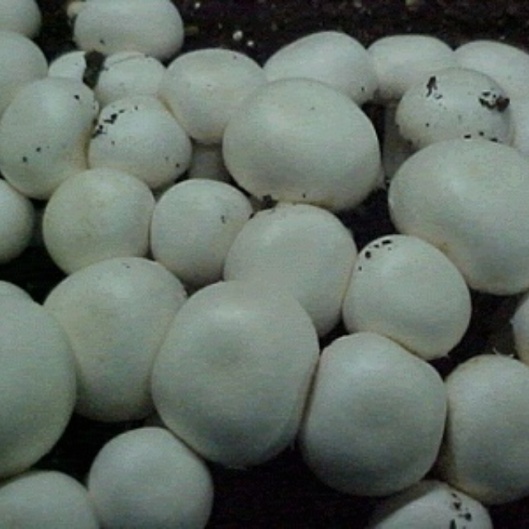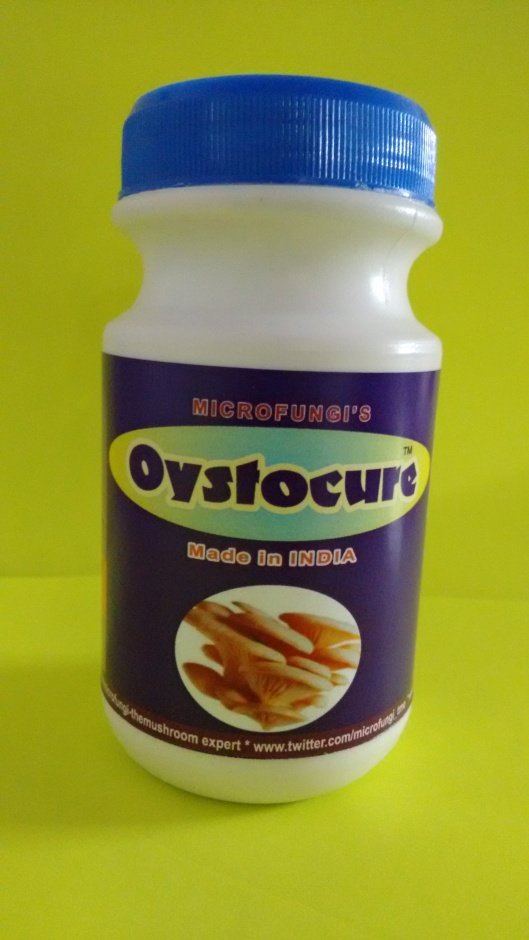Commercial Button Mushroom Cultivation (basic requirements)——-
White button mushroom is a temperate mushroom requiring cooler climate for its growth. It is an indoor crop and is an ideal tool in converting agricultural wastes in to proteinaceous food. In early days its cultivation was mainly confined to the hills. In the eighties growers realized the potential of this crop and started its cultivation in the northern plains in the winter when the climate was suitable
for its growth. Many entrepreneurs in the plains further ventured and started its cultivation round the year by employing artificial cooling facilities (chilling stations). Today its cultivation is done through out the country Some are doing it seasonally while many of them have preferred to go for round the year cultivation. Today India boasts of having world biggest farm, the Agro Dutch Foods Ltd, Lalru Punjab and many more environment controlled units exit in different parts of the country cultivating this mushroom round the year.
Mushroom being an indoor crop does not require arable land, except for some non agricultural land to build the infrastructure for preparation of substrate, raising of crop preparation of spawn and postharvest handling. As mentioned above this mushroom is grown seasonally and in environment controlled cropping houses and both require building of basic infrastructure. Seasonal growing is done for 3-4 months when outside temperatures are favourable for the crop, i.e., during winter months in N.W. plains and from September to April in the hills .
Seasonal cultivators of this mushroom are using traditional methods of its cultivation and are mainly cultivating this mushroom in the thatched structures employing long method of composting. They usually take single crop in the entire season and are harvesting 12-15 kg mushrooms/ 100 kg compost. Environment controlled units are cultivating this mushroom round the year by having suitable infrastructure at their disposal which includes a modern composting yard having bulk pasteurization facilities. Of late few of them have shifted to indoor composting while new upcoming units have chosen to produce their compost entirely by indoor method. Besides these facilities they are having insulated cropping rooms and other ancillary structures required for mushroom cultivation. Few of the bigger units are having their own spawn lab and processing unit as well. An entrepreneur can start mushroom cultivation employing suitable climate control facilities. Suitable infrastructure including different machineries are required at the farm to carry out different operations to govern the whole process of cultivation in such a fashion so that one gets optimum returns from his farm in this competitive environment. The one who designs the farm in most scientific manner looking to the need of the crop and easy accessibility to the different infrastructure for their operation convenience in less space, utilizing less money will gain handsome returns in the years to come. Present chapter would deal in detail the infrastructure and machineries required for the seasonal and environment controlled units.
A. Selection of Site and Pre-Requisites
Before selection of site, the following points have to be taken into consideration for greater operational efficiency and cost effective production of mushrooms at the farm:
1. Chosen site should preferably be away from the municipal limits and entrepreneur should purchase sufficient land in one go looking to the future expansion.
2. The site should be serviced by a motorable road, or nearer to a road head to reduce costs on transportation of raw materials to the farm/finished product to the market.
3. Plentiful availability of water at the site either through a perennial source or should have sufficient underground water.
4. Easy availability of raw materials especially straw and poultry manure around the chosen site at cheaper rates in the area.
5. Availability of cheap labour in abundance.
6. Uninterrupted proper power supply at the chosen site.
7. Nearness to the market for the proper disposal of the produce.


